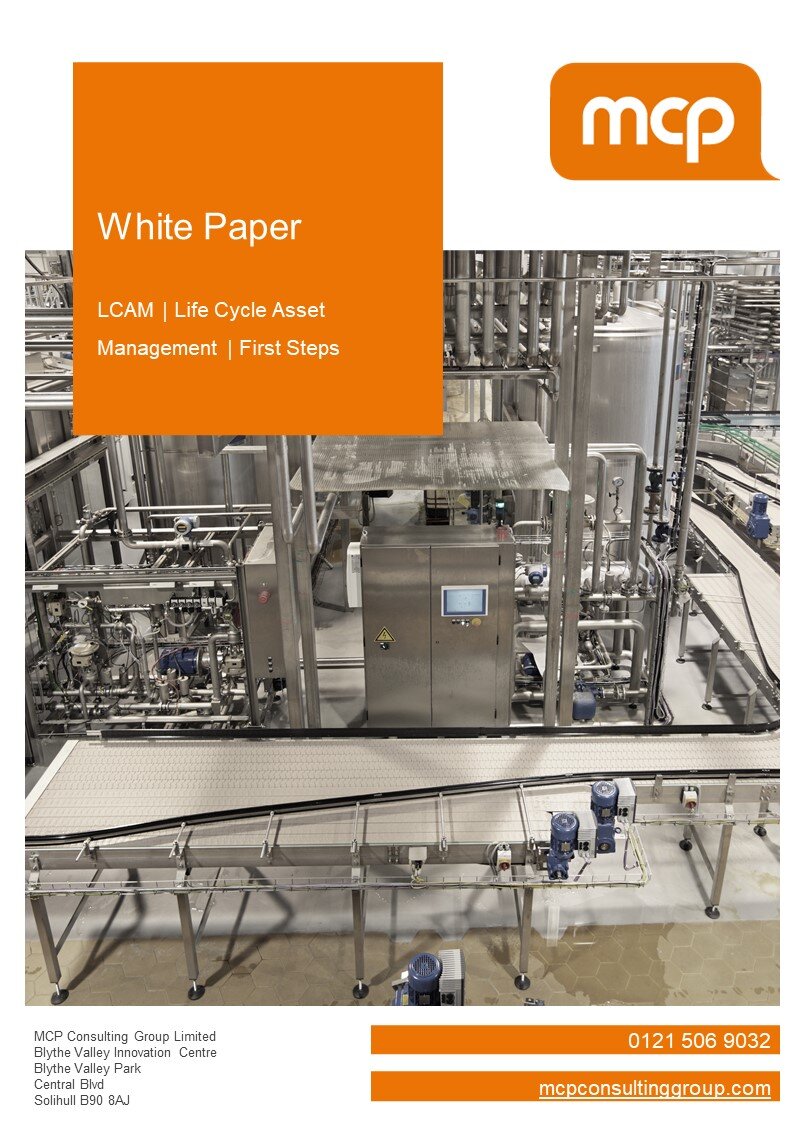LCAM - First Steps
In our last blog we highlighted how one of clients, following the completion of an AMIS Audit, decided to re-assess their asset register. This enabled them to begin their transition from reactively maintaining their assets, to employing predictive technologies to optimise the use of maintenance resources and critical spares requirements. You can read this blog here.
Following on from this, we thought we could share the benefit of our experience with LCAM (Life Cycle Asset Management) by producing a White Paper on how you can take your First Steps, to ensure that it is not only successful but that you gain the huge financial and non-financial benefits that adopting the MCP approach can provide.
About LCAM
The life cycle of an asset has four different stages:
Acquisition
Utilisation
Maintenance
Renewal/Disposal
While these lifecycle stages may appear simple on the surface, in practice it can be significantly harder to maintain all your assets according to and throughout these stages, especially when they are spread over a number of sites. Sometimes, over a number of countries and continents.
LCAM - First Steps
Before you are able to establish a robust system for LCAM, certain tasks and studies should be performed, such as:
Verifying your asset register
Identifying critical assets by means of an Asset Risk Assessment
Identifying capital replacement requirements and developing a replacement schedule
Reviewing the existing maintenance regime and suggesting improvements
Reviewing the need for critical spares
Within our White Paper we look at each of these in more detail and highlight the First Steps that should be taken.
LCAM - Our Approach
The MCP approach to LCAM can be used for infrastructure and production assets to provide a clear vision of future capital spend requirements. To achieve success, certain elements must be supported by the right business processes, organisation structure, skills, relevant data and information systems.
By adopting our LCAM approach the future costs of owning assets can be determined, which is imperative for future capital planning.
LCAM White Paper
Download our White Paper - LCAM | Life Cycle Asset Management | First Steps to find out how you can establish a robust system, which will enable you to take advantage of the myriad of benefits that can be gained.


